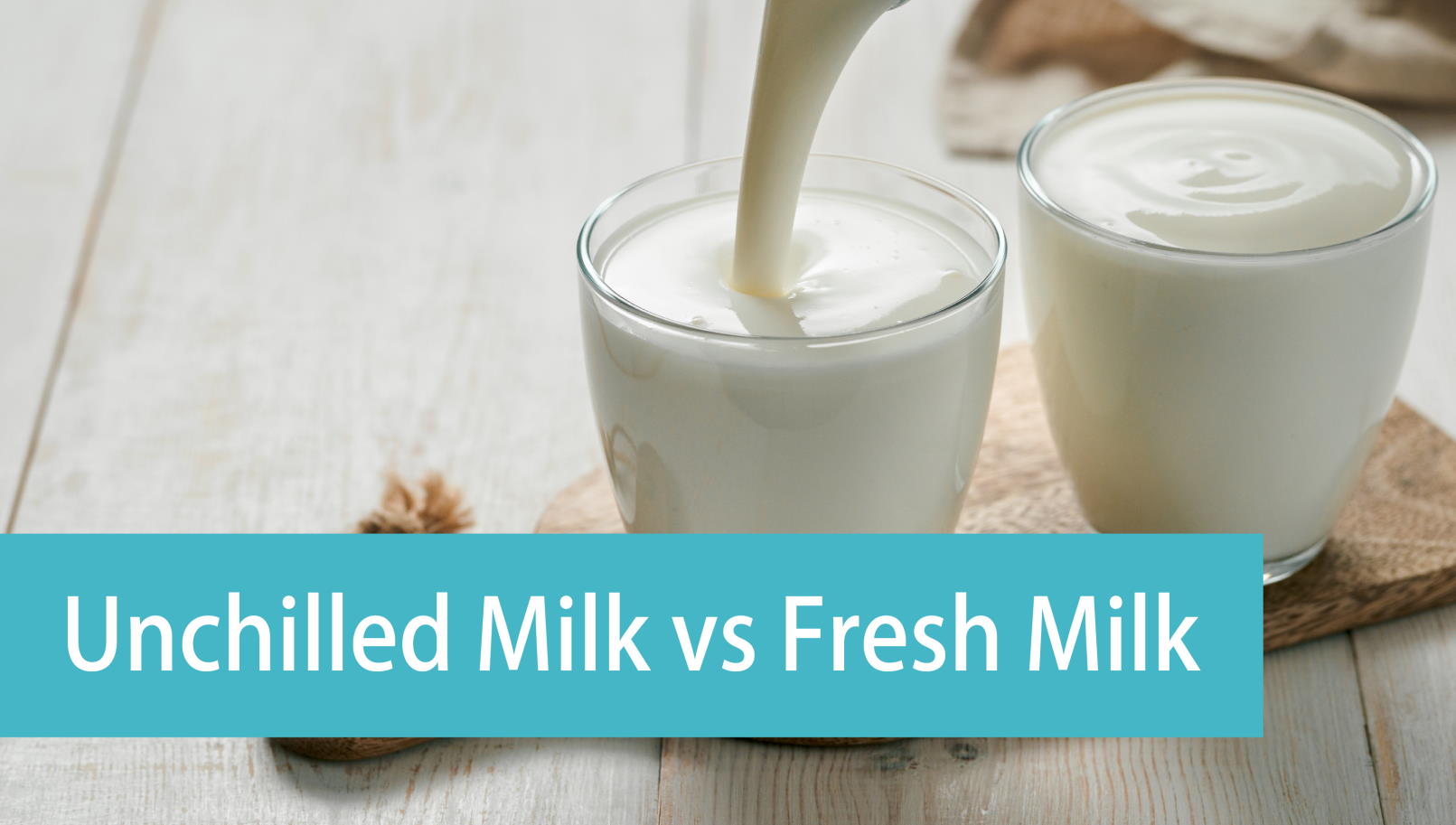8 March 2023

There are many choices of milk on the market, however, do you notice there are some milk needed to be stored in fridge whereas some only need to be stored in room temperature; while some milk can be stored for several months, some milk have much shorter shelf life. Does this mean those needs to be stored in fridge are of lower quality? Or, they were added with huge amounts of preservative?
We need to keep in mind that in fact, regardless of the types of milk you are drinking, they are all 100% raw milk. The only difference lies in the method of packaging and sterilization that causes different shelf life.

There are several ways to sterilize milk:
High-Temperature Short-Time Pasteurization (HTST pasteurization): heating the product under 72°C for 15 seconds and may kill most of the bacteria.
Ultra-high-temperature processing (UHT): heating the product under 135-150°C for 2-4 seconds may kill all the bacteria. The milk can be stored for several months in room temperature.
Ultraviolet disinfection: using ultraviolet radiation to disinfect milk may kill part of the bacteria and virus.
Microwave pasteurization: using the high energy of microwaves to kill microorganisms in milk.
Lactic acid bacteria fermentation method: Ferment milk into yogurt and other dairy products, the growth of lactic acid bacteria could kill other bacteria and play an important role in sterilization.
To put it simply, extended shelf life milk uses ultra-high temperature sterilization and aseptic packaging technology to kill almost all the bacteria in raw milk, and then uses aseptic filling packaging! Therefore, extended shelf life milk does not need to add preservatives, and can be stored at room temperature for up to 6 months without refrigeration.
Fresh milk is mostly sterilized by high temperature for a short time or ultra-high temperature for a short time. In addition, there is no aseptic packaging, so it cannot be completely sterile. Therefore, fresh milk has a relatively short shelf life and must be refrigerated.
It should be noted that although the above methods can kill most bacteria, they cannot completely eliminate all microorganisms, especially some more stubborn bacteria such as spores. Therefore, when storing milk, it is still necessary to pay attention to hygiene to avoid recontamination of bacteria.
As for which milk is more nutritious? In fact, their protein, calcium, and calories are almost the same! If it is inconvenient to bring fresh milk when going out, we may choose extended shelf life milk, which is simple and convenient!

Of course, the main ingredient of Imu-Max Colostrum is bovine colostrum, and bovine colostrum is the milk secreted by a cow within 72 hours of giving birth to a calf. It provides very high nutritional value and may help maintain immunity. It is a supplement suitable for adults and children.
I hope PhytoFairy has cleared some of your doubts about milk today, see you next time!






